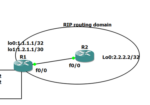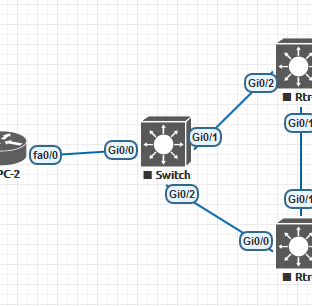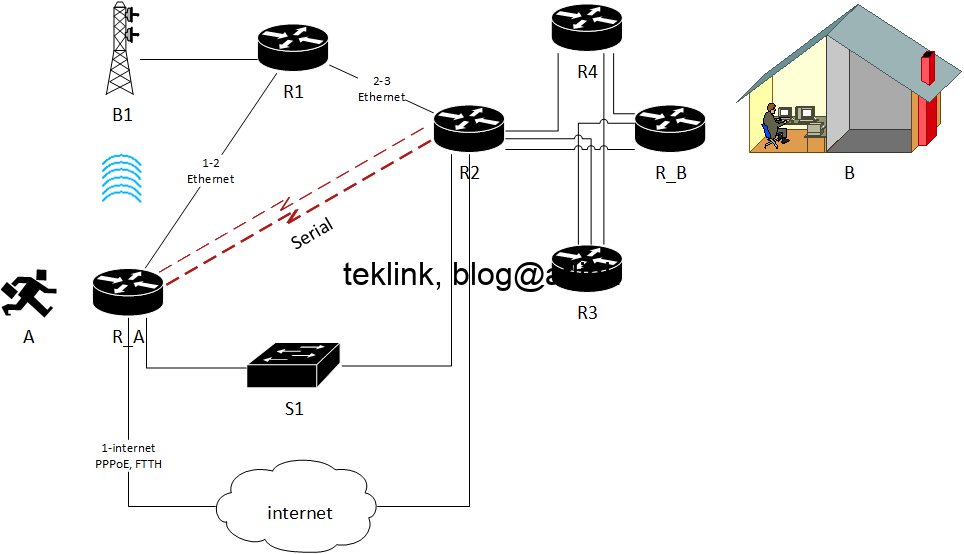Where to get coverage information
This processing (of the coverage) is based on the information reported by access points [1], every 10 seconds and for 110 millisecond scan time duration by default [7].
In addition to this channel scanning, access points exchange proprietary messages, ARM Over The Air Updates [1] [6], on every supported channel. These messages when received by other access points are relayed back to the controller for further processing. These messages are IEEE 802.11 management messages and carry this information:
- Channel currently used by reporting access point for wifi clients
- Current transmit power EIRP over this channel
- A list of detected neighboring access points over this channel
Usage information
Access points report also this information [1] [2] that evaluate the quality of transmission in both control and data plane :
- % of retransmissions,
- % of low rate frames,
- % of non-unicast frames,
- % of fragmented frames,
- Channel rate in kbps,
- % of PHY errors,
- % of MAC errors,
- Level of floor noise.
Processing of coverage information
All this information is consolidated at controller level in a table [5] that matches for every access point and per channel the percentage of retransmissions, physical errors, mac errors, noise level and processes an evaluation of these indexes:
- util (Qual): that is an indication of the channel quality based on effective usage of it.
- cov-idx : coverage index.
- intf_idx : interference index.
Power control
The decision of increasing or decreasing the transmit power level on a given channel is based on the processed coverage index as compared to the “ideal” coverage index, noted cov-idxideal, and “acceptable” overage index, cov-idxacceptable, both configured at controller level [4].





